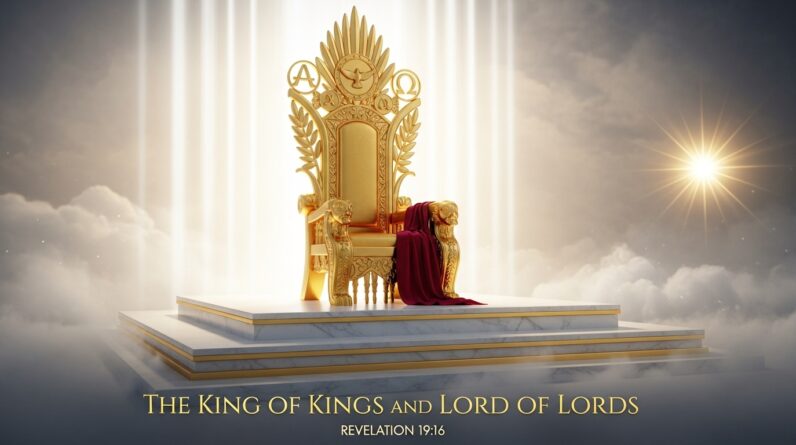The Son is the image of the invisible God – Colossians 1:15-17
Paul’s use of the term “image” (eikon) in this passage refers to the idea that Jesus is an exact likeness of the invisible God. This is a familiar theme in the New Testament, and it can be seen in Paul’s description of Christ as the “image of the invisible God” in v. 15-17.
The term “image” is derived from the Greek word eikon, which means “to make visible.” As we look at this passage, we see that Paul is drawing attention to Christ’s incarnation as the Son of God — He was made in the likeness and image of the invisible God.
He is the firstborn of all creation and has primacy over every other created thing. He is the Creator of all things, the Sustainer of all creation, and He is the Head of all creation, including the church. He is the Revelation of the glory of the invisible God, and he has all authority in heaven and on earth.
His incarnation, crucifixion, and resurrection reclaim all the world for God, and His resurrecting power has the effect of reconciling all people back to God through the blood of his cross. This hymn of praise expresses that reconciliation and calls us to respond by embracing it fully in faith.
This is a powerful hymn that reminds Christians of their great king, who reigns over the entire universe. It also makes them realize that even during times of suffering, such as the coronavirus pandemic, he remains a sovereign king in charge of his kingdom.








